Do You Need A Drain Pump?
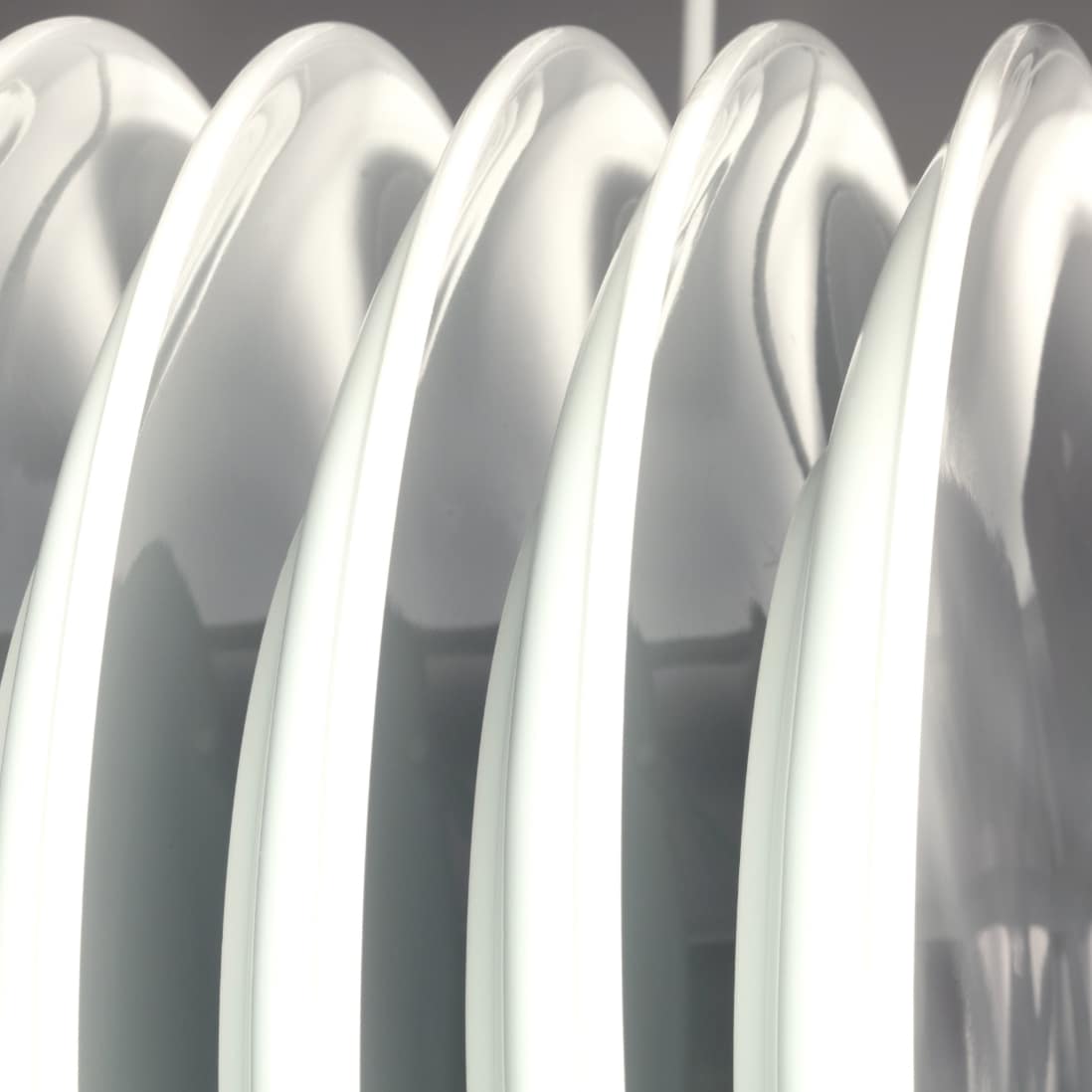
The last thing you want in your busy kitchen is for your table or glassware to be washed in dirty water. It’s unhygienic as well as wasting time, money and water to re-clean them. Drain pumps help ensure this doesn’t happen.
For commercial dishwashers and glasswashers, you can choose between a drain pump or gravity waste. Both serve the same purpose but work in different ways for different scenarios. In this article, we’ll discuss the function of a drain pump and explain the difference between the two.
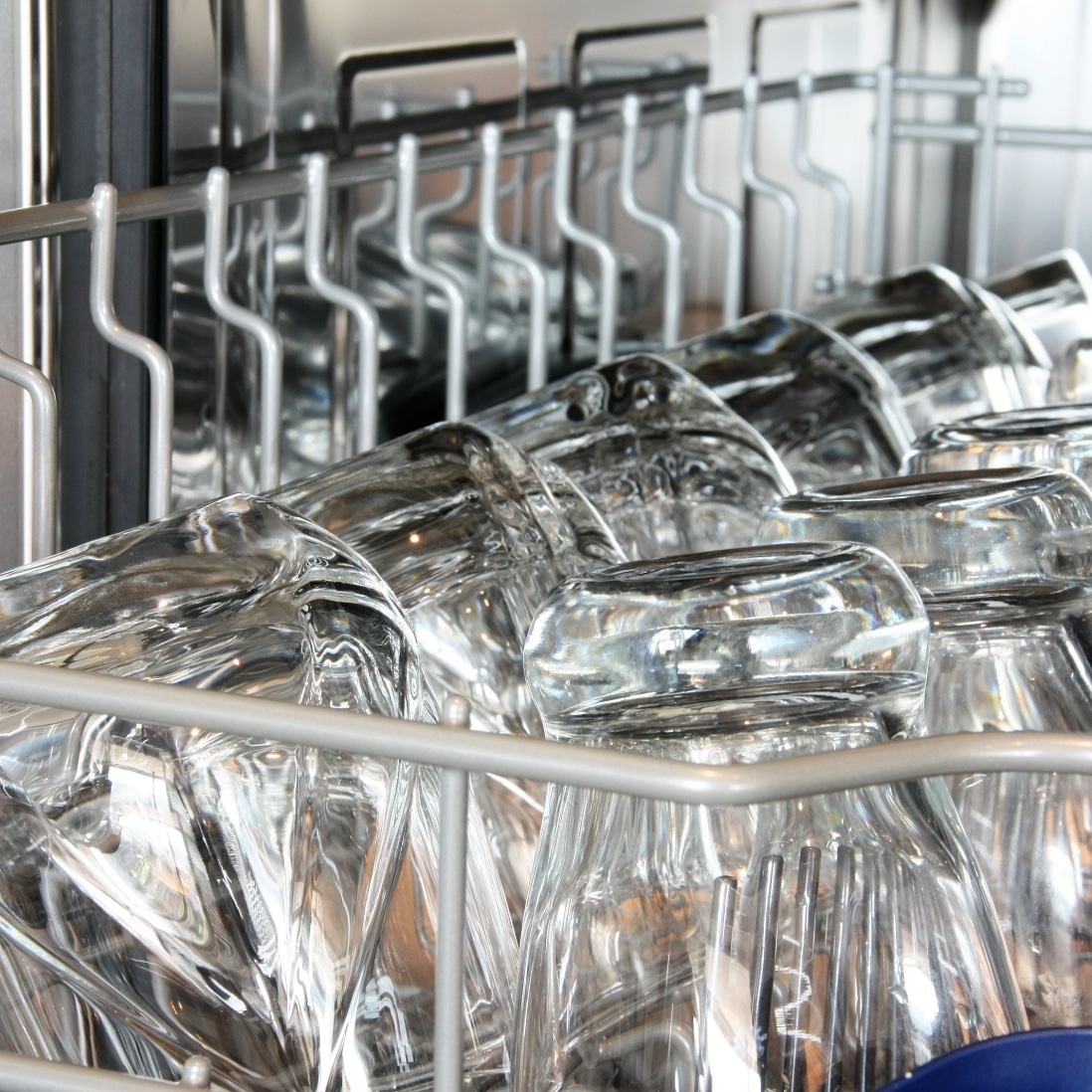
What is a commercial warewasher drain pump?
The purpose of a drain pump in a commercial kitchen is to remove contaminated water from your glasswasher or dishwasher. After each wash cycle, water will remain in the wash tank. If your machine’s outlet level is above the drain level, the water will drain away with gravity. However, if the water needs to travel upwards to the drainage point, a drain pump is needed to help it leave.
What is the difference between a drain pump and gravity waste?
A drain pump and gravity waste system both have the same job: to remove used water out of your warewasher to the drains. However, they work in different ways, providing advantages and disadvantages depending on your kitchen setup.
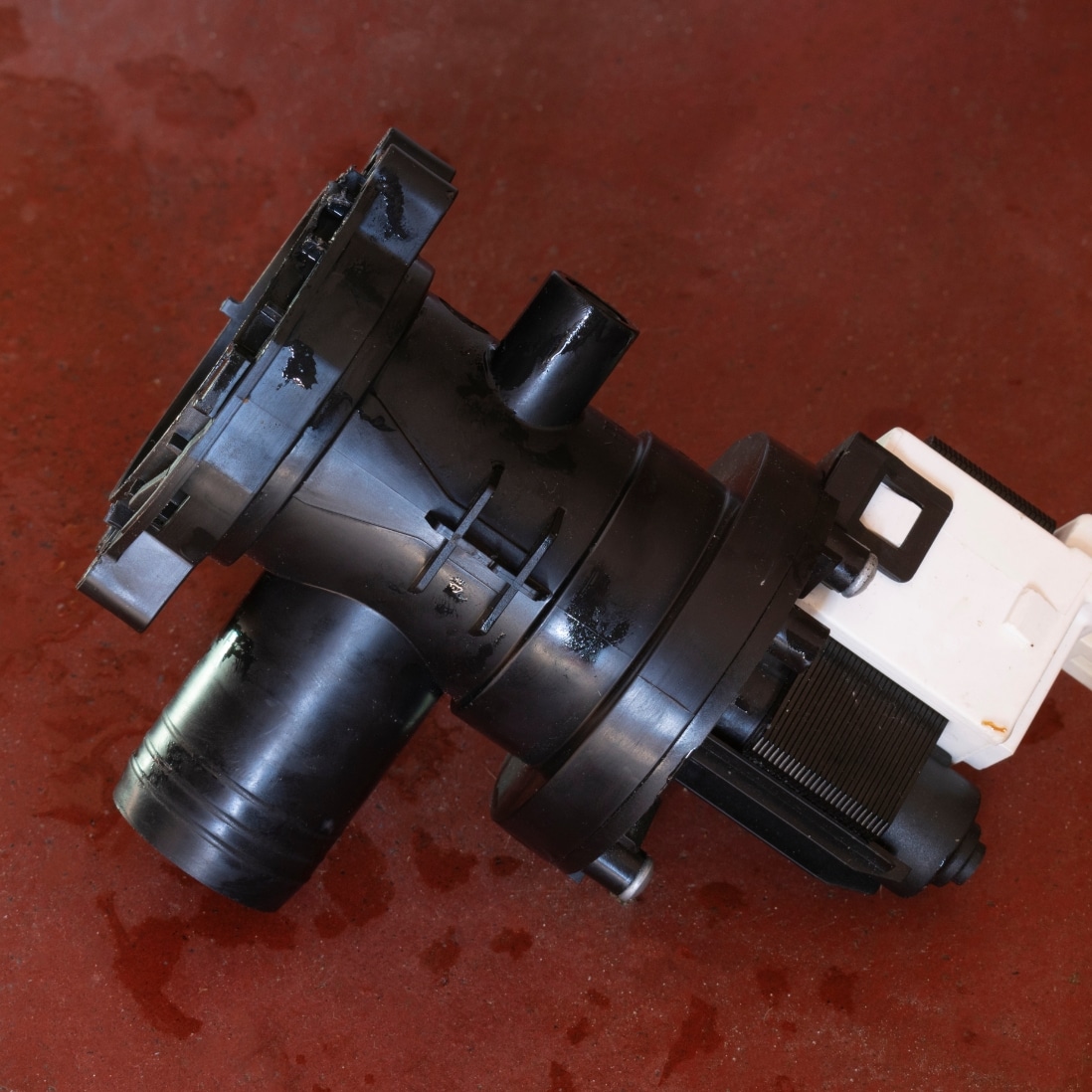
Drain Pump
A drain pump is an additional attachment to your commercial warewasher when its waste outlet is below the standpipe. After a wash cycle, the drain pump pushes dirty water out of the machine and up into the standpipe.
The benefits of a drain pump:
- Fits most warewasher models
- Allows machines to be installed at higher levels
- Flexibility with positioning and installation
- Helps water move across longer distances
Gravity Waste
Gravity Waste refers to commercial warewashers where the waste outlet is above the standpipe. Meaning water is able to easily move down with gravity, from the machine and into the drain beneath.
The benefits of gravity waste:
- No additional parts required
- Can be a more cost-effective solution
- Easy installation
- A more reliable system
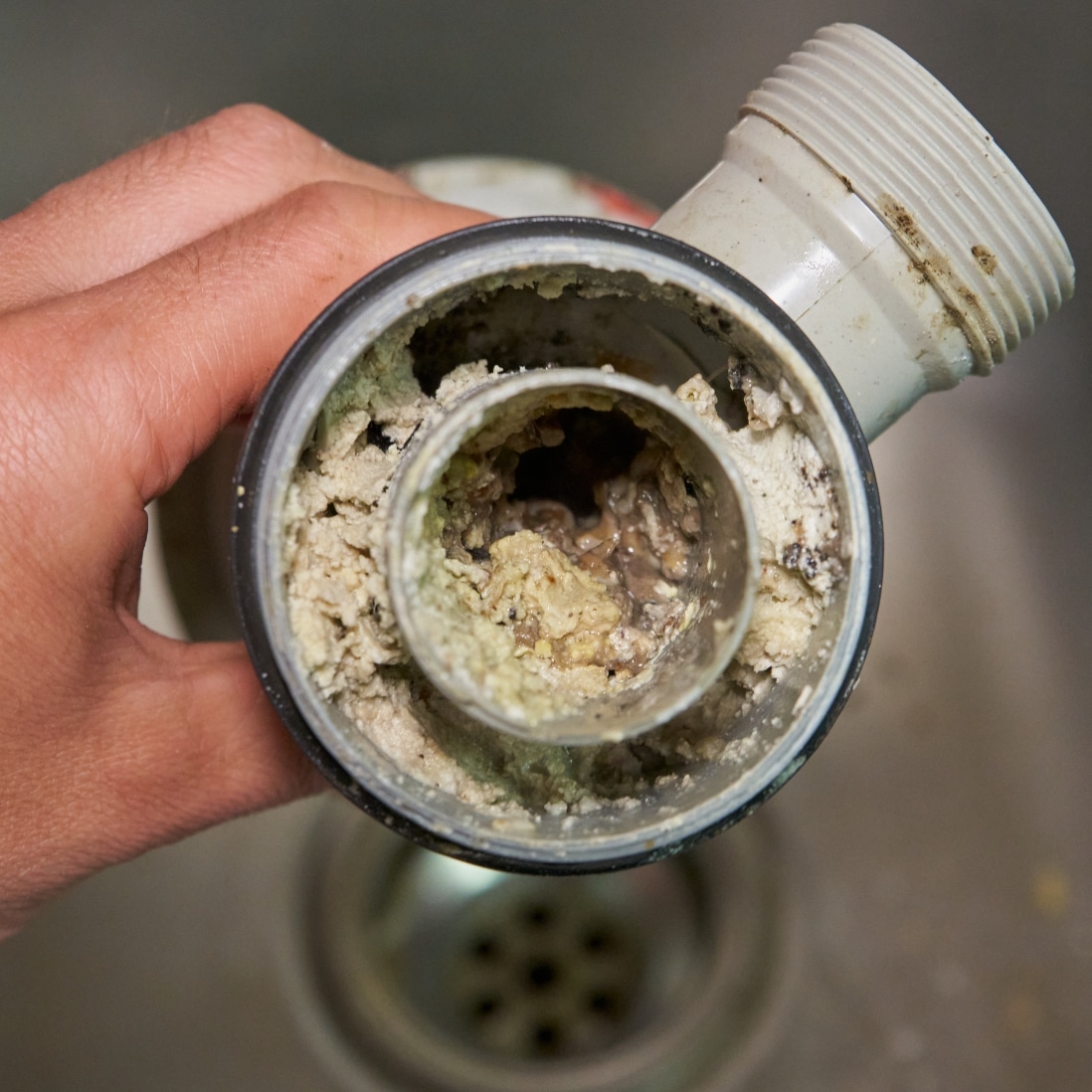
Things To Consider with a Drain Pump
- Drain pumps can become clogged over time
- Not all glasswasher and dishwasher models have an internal drain pump
- Check where the standpipe in your kitchen is
- Ensure regular maintenance of your drain pump
When Would I Need To Use A Drain Pump?
It’s important to check the location of your standpipe as this will indicate where your warewasher will be installed and therefore, if a drain pump is required. If you find the waste outlet of your warewasher is above the standpipe, water from the machine will not be able to drain. This is when a drain pump is needed to push the water up against gravity towards the standpipe.
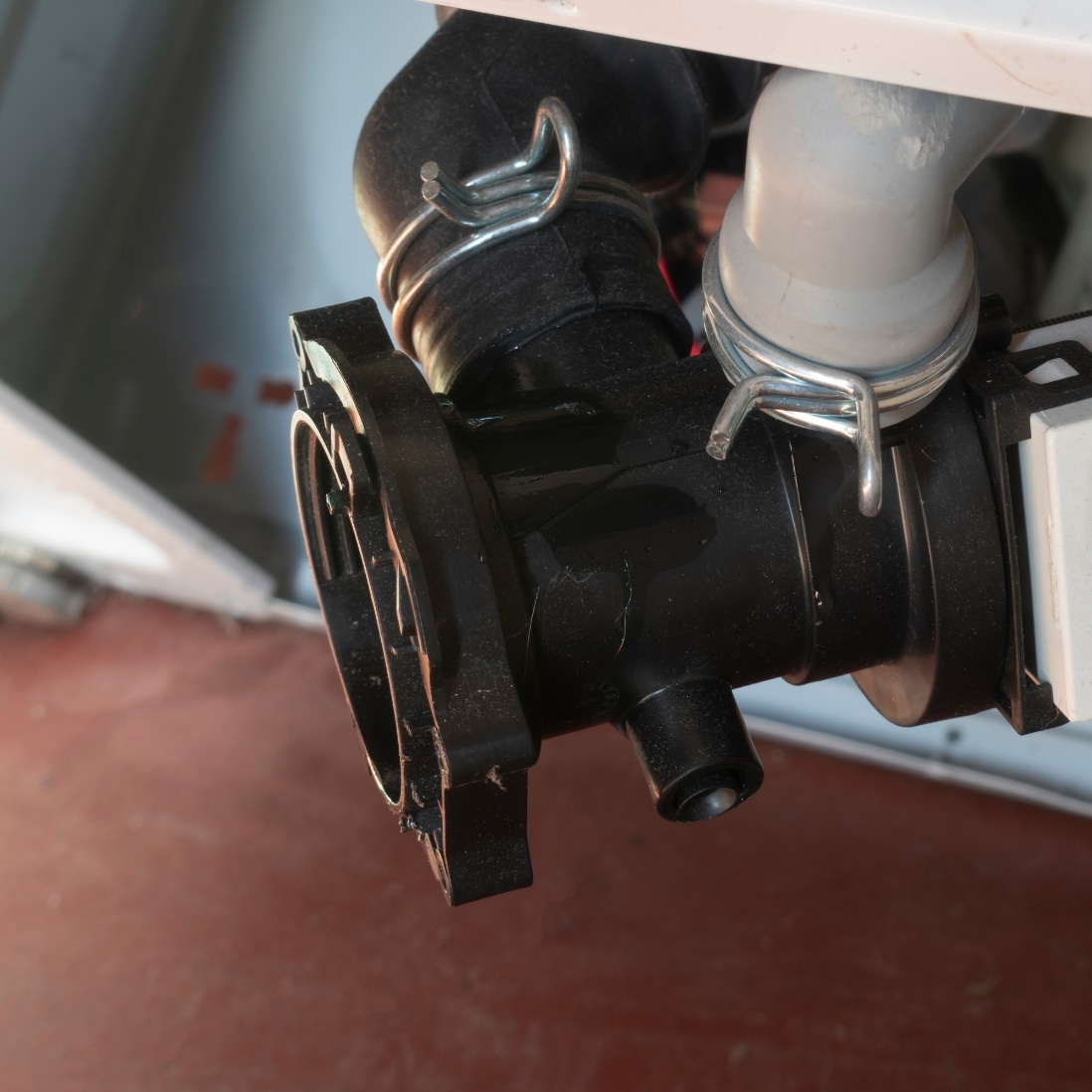

Ask the experts
If you notice your warewasher retaining water after each wash or items are not cleaning properly, you may need to install or service your drain pump. Speak to our technicians for expert advice on how to get the most from your commercial warewasher and drain pump.

Share This: